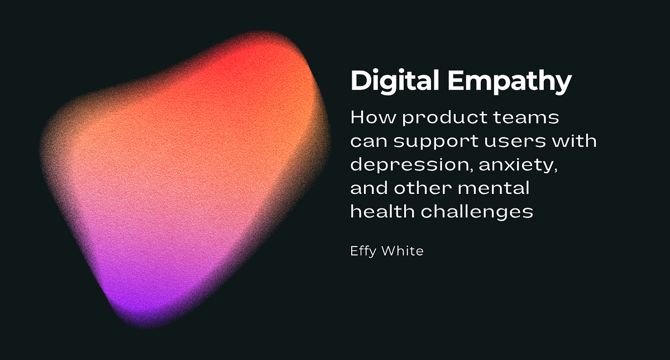UX Design
2d
114

Image Credit: UX Design
Supporting users with depression, anxiety, and other mental health challenges
- Understanding psychology and applying principles of psychology in user experience design is essential for supporting users with mental health challenges.
- The rise in mental illness rates and deceptive digital designs targeting vulnerable users highlight the importance of considering mental health in product design.
- Designing products accessible to those with mental illnesses involves co-creation with individuals, providing an emotionally safe environment, and flexibility in research.
- Reducing cognitive load by simplifying designs, streamlining processes, and limiting choices can significantly benefit users with mental health conditions.
- Avoiding shaming language, framing messages positively, and designing thoughtful error states are crucial to creating a supportive user experience for those with mental illnesses.
- Empowering users with control, clear escape routes, automatic progress saving, and customizable experiences can enhance their sense of agency and reduce anxiety.
- Designing with mental health accessibility in mind not only benefits users but also improves overall usability and creates more inclusive digital spaces.
- By integrating principles of co-creation, simplification, thoughtful communication, providing control, and mindful content presentation, designers can support well-being and promote inclusivity.
- Accessibility in product design extends beyond physical disabilities to cater to diverse minds and enhance user experiences for everyone.
- Resources like Microsoft's Mental Wellbeing Prompts, NNGroup's Psychology and UX Study Guide, and Inclusion Hub offer valuable insights for designing inclusive products and understanding mental health.
Read Full Article
6 Likes
For uninterrupted reading, download the app